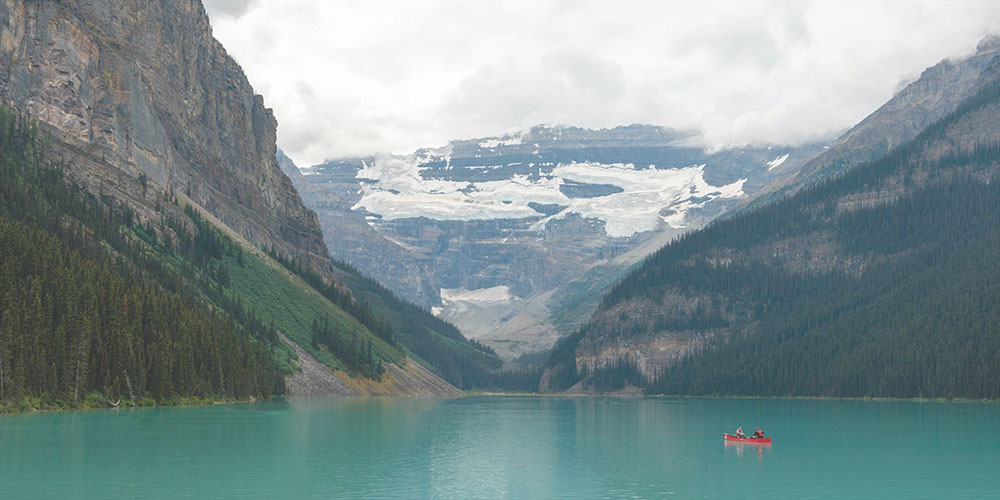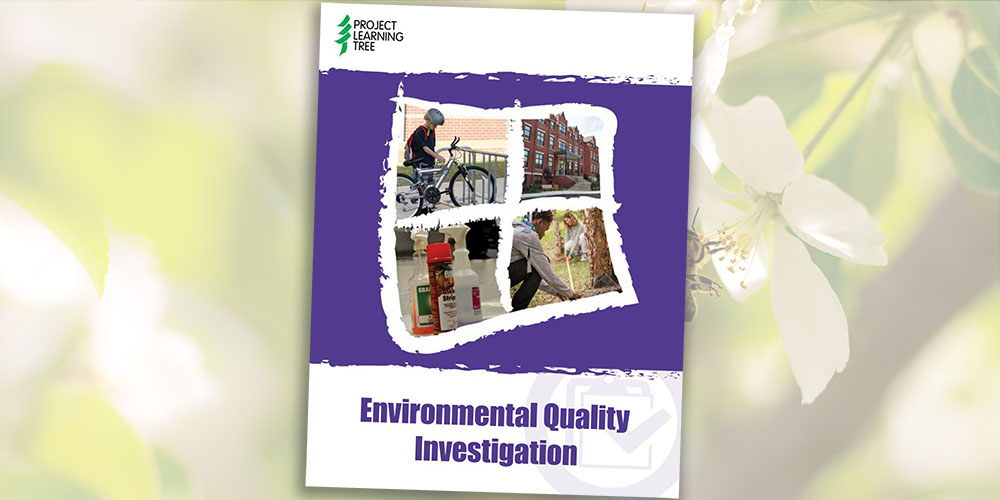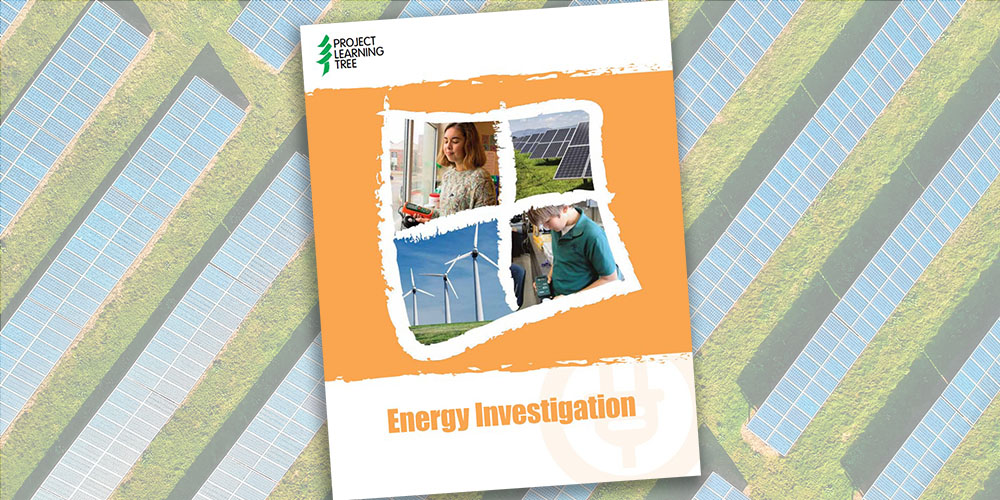Far-Reaching Decisions
Students develop graphic organizers and creative presentations to illustrate how individual decisions can impact the local environment, as well as distant communities. They also measure their own ecological footprint.
This is one of 8 activities that can be found in PLT’s Exploring Environmental Issues: Places We Live module. To get the activity, attend a training and receive PLT’s Places We Live secondary module. Below are some supporting resources for this activity.
Song of the Trees
Song of the Trees Grades 6-8 ISBN-13: 978-0142500750 Puffin Books, 1975; reissue edition, 2003 Authored by Mildred D. Taylor Recommended Reading It’s the 1930s in rural Mississippi. The people are black and white, but the issues that surround them are not. You have three brothers– one older and two younger– and you remember a... Read more »
EE Resources
Five Ways to Make the Outdoors More Inclusive
Discover ways to help make our outdoor spaces, state and national parks more inclusive with these five ideas and action steps from outdoors experts and activists. According to the most recent National Parks Service survey, about more than 70 percent of those who visit or work in federal parks are white. Moreover, the outdoors industry workforce lacks... Read more »
Denali National Park, Virtually
Denali National Park and Preserve in Alaska is a great place to learn about many different types of landscapes and climates, but it may not be accessible by every classroom. Try bringing Denali to you with a virtual tour! Explore some of the research happening in Denali, paired with some striking images of plants and... Read more »
Climate Change around the World
An article in BBC News that discusses impacts of global warming in countries around the world and in major sectors of society: health, water, food, ecosystems, coasts, and industry.
Water Calculator
The H2O Conserve Water Calculator is a short survey that will get you thinking about how much water you use, and how water connects to almost every aspect of your life. The Conserve Water Calculator compares individual daily water usage with the national average. It also provides suggestions of how to save more water using... Read more »
The People Speak Global Debates
This UN Foundation will work with high school students across the U.S. and select countries. During a ten-day period in October 2007, March 2008 and , students across the globe will be organizing public debates in their high schools and coordinating a global vote on the debate topics. You can view the debates and student created... Read more »
Earth from Space
This Smithsonian Institution website provides students (and teachers!) access to views of conditions and events on earth that are nearly impossible to document from the Earth’s surface. The site proves interactive; explaining how satellite imagery is gathered and used to better understand the world around us.
The Place Where You Live
Orion magazine has reinstated its popular column called “The Place Where You Live.” This is a space where students and educators can share thoughts and experiences related to their communities or personal places. First-hand feelings are shared, such as what connects individuals to their special place, the history it holds, their hopes and fears for... Read more »
EPA Environmental Justice Blog Highlights Map Tool for Equitable Planning
In this blog post, Makara Rumley writes about the Metro Atlanta Equity Atlas, a map tool showing key areas of community well-being. Learn how this tool can be used to help understand the issues of affecting neighborhoods and encourage equitable policies, development, and planning.
EnviroAtlas
EPA’s new EnviroAtlas tool is designed to help communities and researchers make informed planning and policy decisions related to the environment and ecosystems. EnviroAtlas provides datasets and interactive tools to allow users to explore the many benefits people receive from nature, often referred to as ecosystem services. EnviroAtlas includes over 300 data layers, letting users... Read more »
Why Trees? Video
As we know, trees represent more than just beautiful natural elements of our land, they also provide shade, manage water, stop erosion, protect streams, soothe the soul, clean the air, protect the quality and health of water, and attract homeowners, renters, and shoppers. Check out this Doodle Lecture created by Alabama Cooperative Extension that unveils... Read more »
Login to download supporting materials such as appendices and teaching tips.
Login
 Get this Guide
Get this Guide
 Find Training
Find Training





